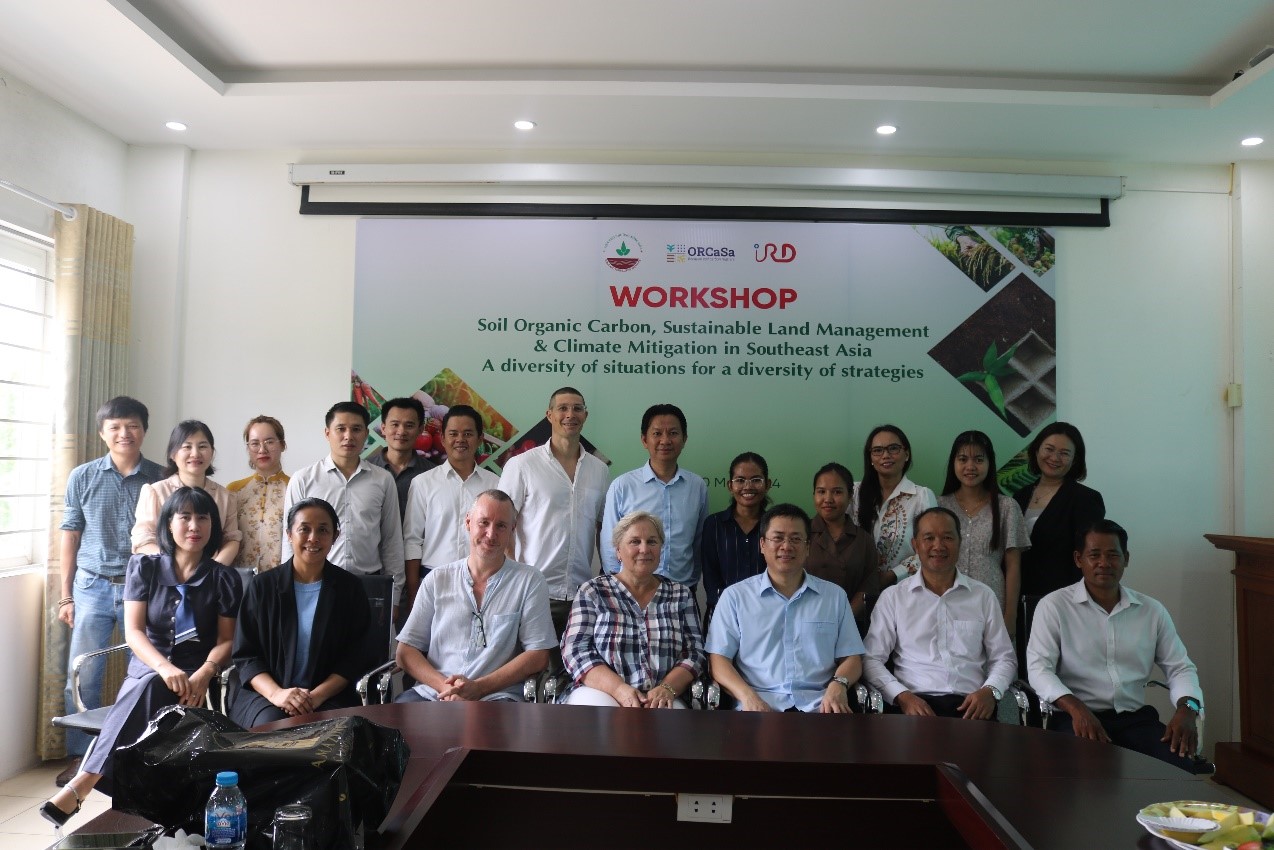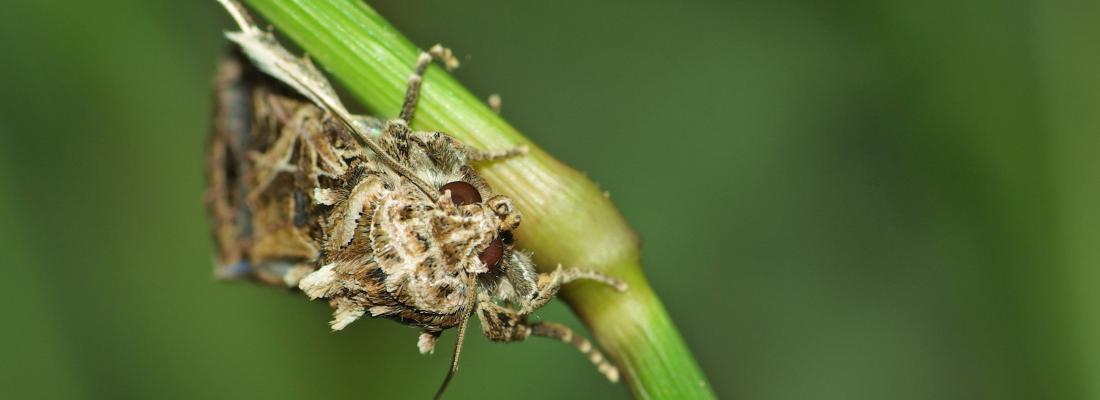Organized by Dr. Tran Minh Tien, from the Soils and Fertilizers Research Institute (SFI), Pascal Jouquet, from the Institute of Ecology and Environmental Sciences of Paris (iEES Paris) and the Institute of Research for Development, France (IRD), a regional workshop was held at SFI, Hanoi, from May 27th to May 31st, on “Soil organic matter […]
Lire la suite / Read more
To extract any adaptive benefit, the circadian clock needs to be synchronized to the 24-h day-night cycles. We have investigated if it is a general property of the brain’s circadian clock to recognize social interactions as external time givers. Sociosexual interactions with the opposite sex are universal, prevalent even in the lives of solitary animals. […]
Lire la suite / Read more
Emmanuelle Jacquin-Joly was invited to give a talk at the agricultural ministers’ conference of date producing and processing countries around the world, organized in Adu Dhabi, United Arab Emirates, on February 26 and 27, 2024. Her presentation focused on the possibility of combating the red palm weevil through a better knowledge of its odorant receptors, and in particular its pheromone aggregation odorant receptor.
Lire la suite / Read more
Ajoutez votre titre ici Lorem ipsum dolor sit amet, consectetur adipiscing elit. Ut elit tellus, luctus nec ullamcorper mattis, pulvinar dapibus leo.
Lire la suite / Read more
Flourishing recent comparative studies on senescence have revealed an uncovered diversity across the tree of life of the shapes of the age trajectories of mortality (actuarial senescence) and to a lesser extent of reproduction (reproductive senescence). Evolutionary theories have been called up to explain why some species suffer from positive senescence while others benefit from […]
Lire la suite / Read more
On October 24 and 25, the Ecosens department hosted the ADALEP (Adaptation of Lepidoptera) national network days on the INRAE Versailles-Saclay campus. Around two plenary conferences given by invited researchers from New Zealand (Invasomics Lab; Institute for Plant and Food Research). These days brought together more than twenty presentations on invasions, expansion fronts, adaptation and […]
Lire la suite / Read more
The Swedish University of Agricultural Sciences have awarded Emmanuelle Jacquin-Joly, a researcher at INRAE’s Institute of Ecology and Environmental Sciences of Paris, a Doctor Honoris Causa of the Faculty of Landscape Architecture, Horticulture and Crop Production Science.
Lire la suite / Read more
Wind erosion is a major phenomenon in the Sahel, and can affect soil fertility. Studies of Sahelian aeolian erosion or erosivity are scarce and have been mainly focused on the Central Sahel. Since February 2020, the number of saltating particles and the horizontal flux of aeolian sediment were monitored in Bambey (Senegal) in combination with […]
Lire la suite / Read more
Installing urine collection systems in sub-Saharan city regions would make those conurbations more sustainable. This was demonstrated by a study by four researchers from CIRAD, IRD, Boubakar Bâ University of Tillaberi (Niger) and Joseph Ki-Zerbo University, Ouagadougou (Burkina Faso), published on 3 May 2023 in the journal Regional Environmental Change.
Lire la suite / Read more
A study in Biological Reviews led by researchers from the Institute of ecology and environmental sciences – Paris, the Institute of Systematics, Evolution, Biodiversity and the Center for Ecology and Conservation Sciences makes the synthesis of published knowledge on Mullerian mimicry in aculeate wasps and bees. It argues that aculeates may be one of the most diverse groups of mimetic organisms and that the diversity of their mimetic interactions is currently underexplored.
Lire la suite / Read more








